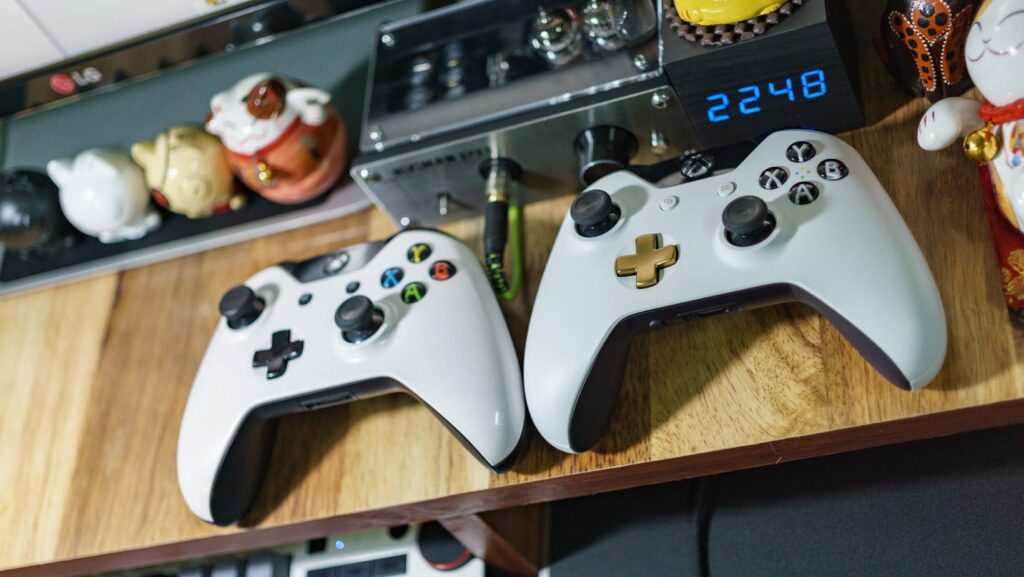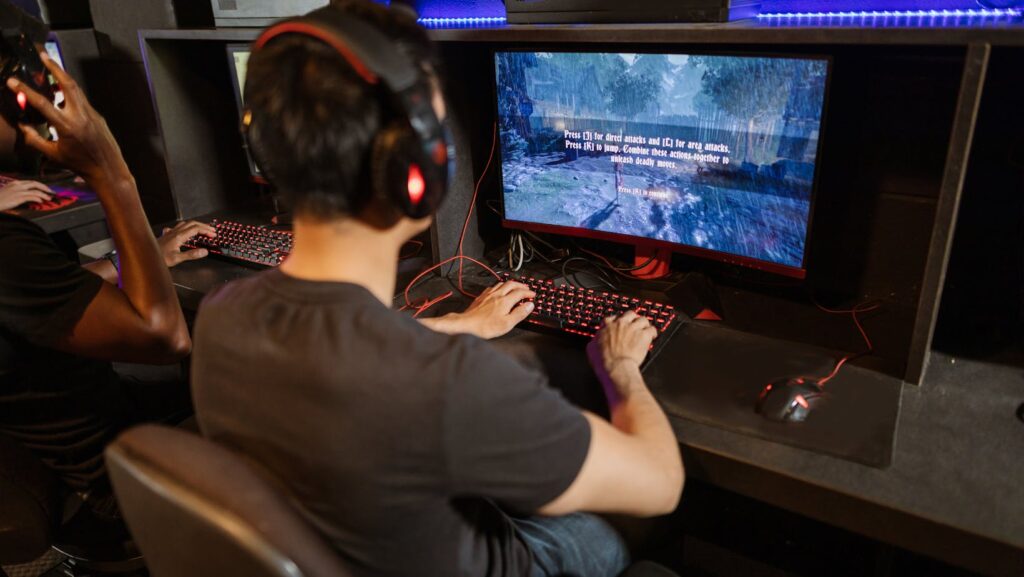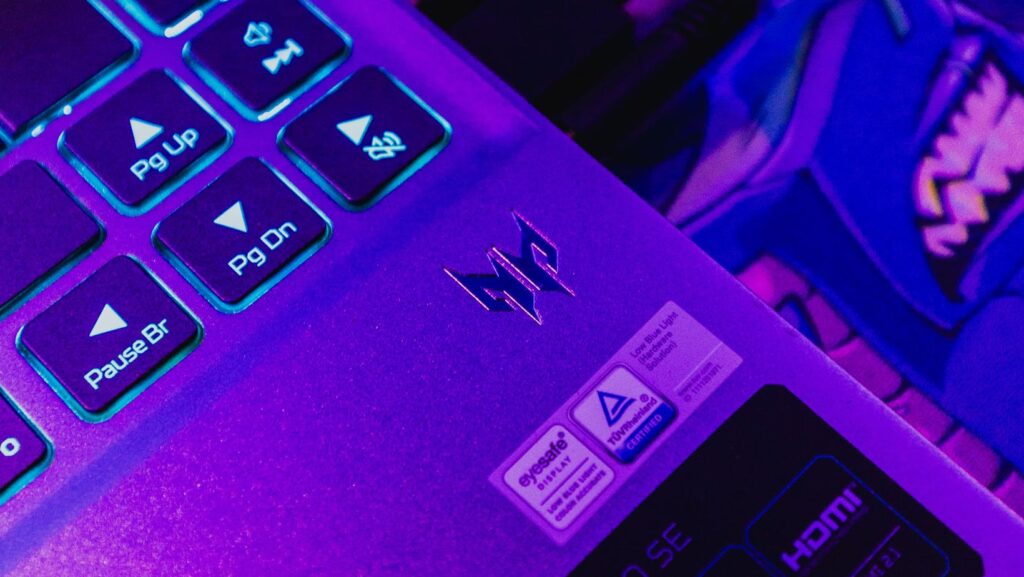
In the vast universe of gaming, a logo isn’t just a symbol, it’s a flag. It’s the emblem that gamers rally behind, the banner that represents their allegiance. Whether you’re a game developer or a passionate gamer, understanding the importance of a gaming logo is crucial.
Gaming Logo
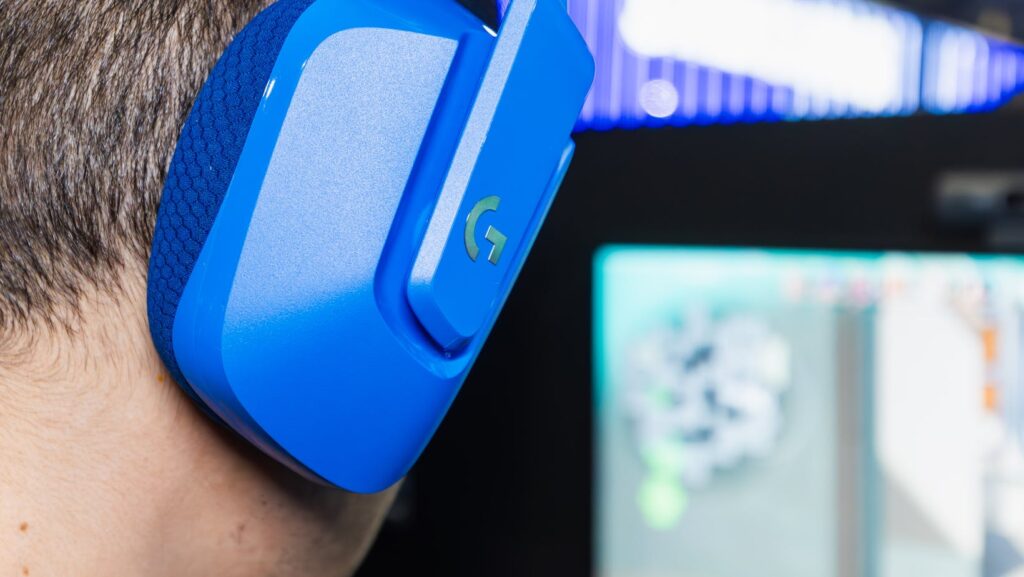
Engulfed in the essence of a gaming logo, one discovers a connection, a belonging, a brand’s identity. On a deeper note, it’s by attracting the right audience that a logo etches its significance in the gaming sphere.
A gaming logo serves as a visual compass, mapping out a brand’s identity. Packed with symbolism, color theorems, typography, it’s not just a graphical element. It encapsulates the ethos and niche of a brand, making it recognizable among gamers far and wide. Take the game Fortnite, for instance. Its logo, with vibrant colors and bold fonts, communicates excitement, adventure, and competitiveness – the very pillars of the brand.
Key Elements of an Effective Gaming Logo
Color Psychology
Colors, pivotal to any artistic creation, communicate emotions without uttering words. Red signifies excitement and passion; it’s found in aggressive or action-oriented games like Call of Duty. Blue, often observed in strategy games like Starcraft, conveys trust and calm. Green, attached to games like Minecraft, denotes nature and creativity. Thus, game developers need a keen understanding of color psychology, applying appropriate hues to their target demographic.
Typography and Symbolism
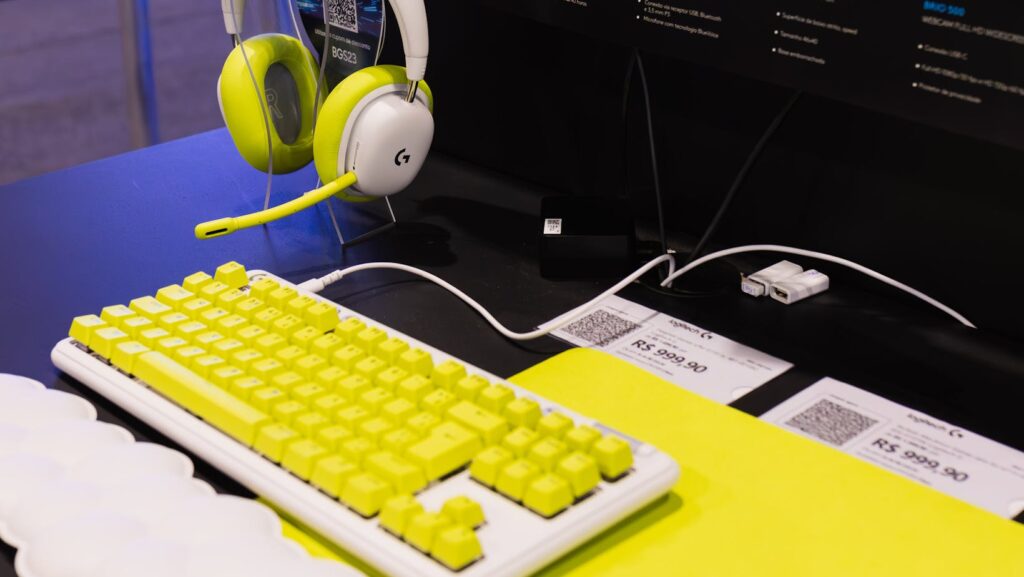
Typography and symbols serve as direct visual representations of the brand’s essence. Fonts can range from futuristic designs seen in sci-fi games such as Halo, to whimsical and creative styles observed in casual games like Candy Crush. Symbols often borrow from the game’s environment or characters, creating a visual connection with the game. Players identify the Elder Scrolls series by the dragon emblem, a key symbol in its lore.
Suppose developers carefully consider color psychology and the right blend of typography and symbolism. In that case, gaming logos can form a strong bond with their audience, facilitating brand recognition and loyalty.
Design Trends in Gaming Logos
Pivoting from the function and construction of gaming logos, the scope now shifts to the prevailing design trends. Current trends highlight the power of minimalist designs and the strategic use of mascots and avatars.
Minimalist Designs
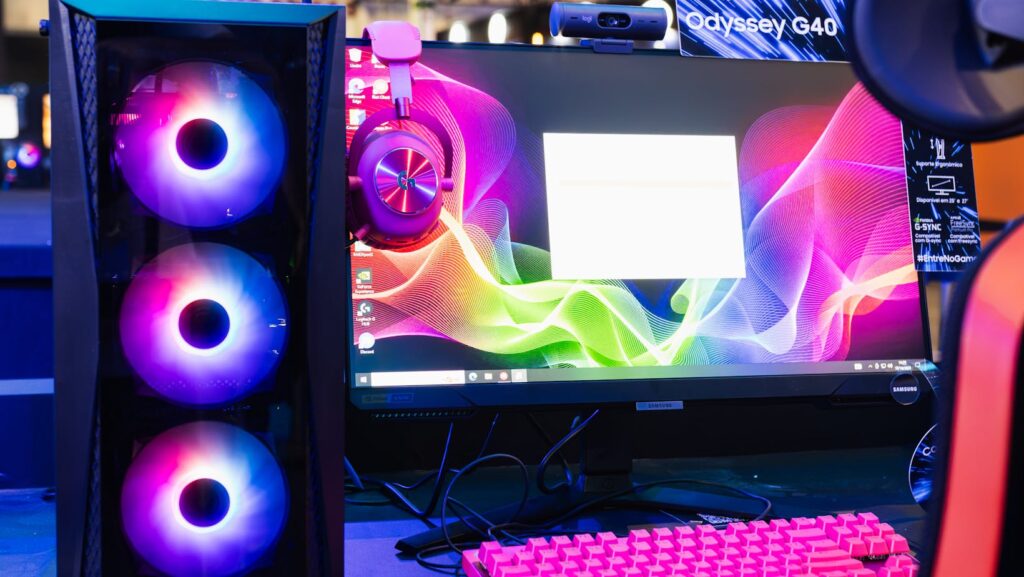
Minimalist designs have acclaimed popularity in the sphere of gaming logos, ranking high for their crisp and concise visual appeal. Embracing simplicity, they distill complex ideas down to their bare essence for easy comprehension. Handing over a classic example, the ‘Overwatch’ logo often wins admirers for its clean lines, stark color contrast, and slick presentation. It’s a trademark minimalist aesthetic that ensures quick recognition, even amidst visual clutter. As a burgeoning trend, minimalist designs convey sophistication and freshness, proving their worth in utilizing less to achieve more.
Use of Mascots and Avatars
Gaming logo often utilize mascots and avatars to personify their brand. This visual technique adds a dynamic personality, creating a singular and instantly recognizable symbol. For instance, Rovio’s Angry Birds game logo uses the image of a red bird as its mascot, which has now become synonymous with the brand itself. Meanwhile, the Pac-Man character in Bandai Namco’s 1980’s game of the same name remains an iconic emblem in the gaming world. Through these representations, logos create a powerful connection between visuals and users, sparking curiosity and propelling engagement. Thus, the use of mascots and avatars has cemented itself as a compelling design trend in gaming logos.
Crafting Identity
Gaming logo aren’t just about aesthetics. They’re a strategic tool that helps brands establish their identity, connect with their audience, and stay relevant in an ever-evolving industry. The use of color, typography, and symbolism in these logos isn’t random. It’s a calculated move aimed at evoking specific emotions and associations in gamers. Trends like minimalism and the use of mascots show how gaming logos are adapting to meet the needs of modern gamers.

